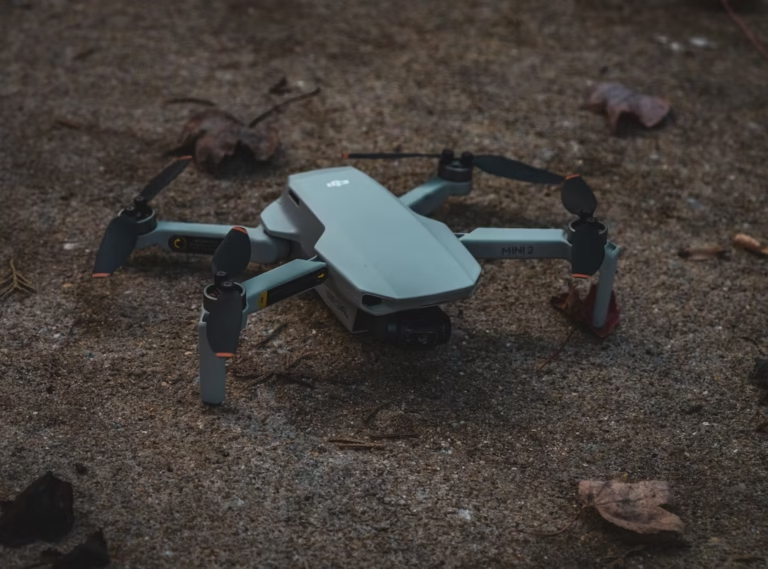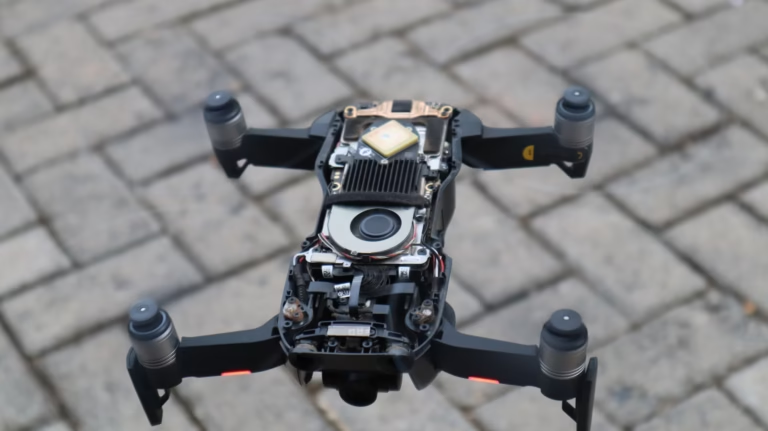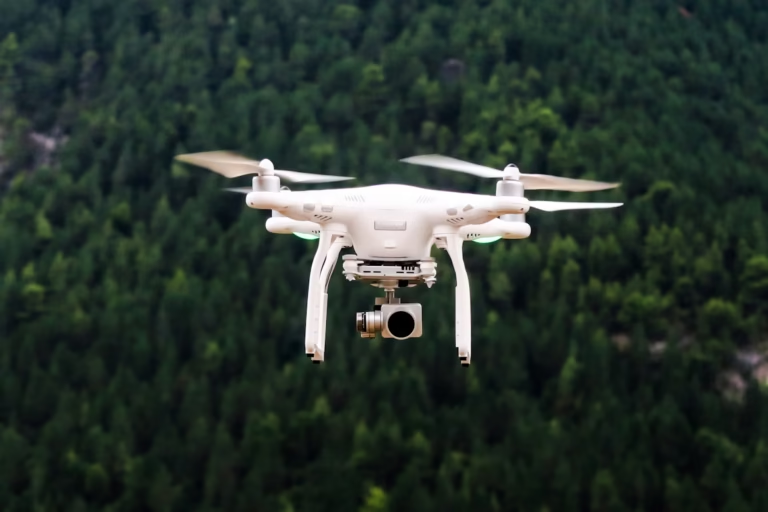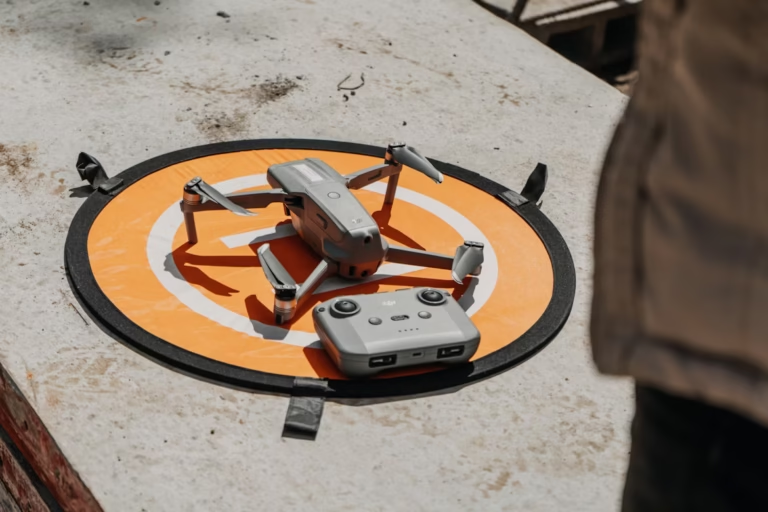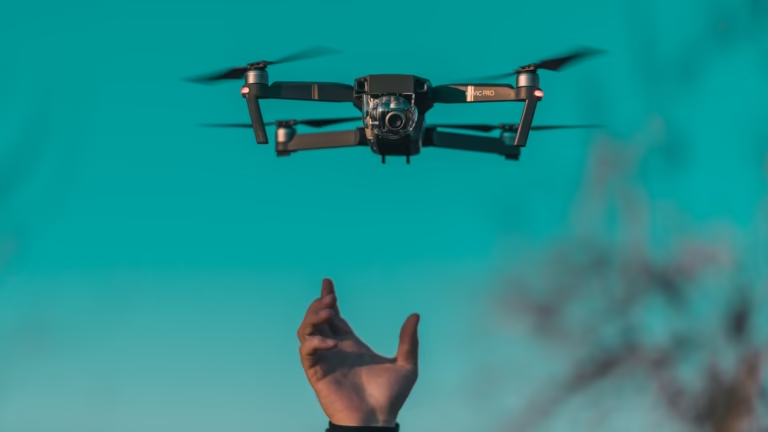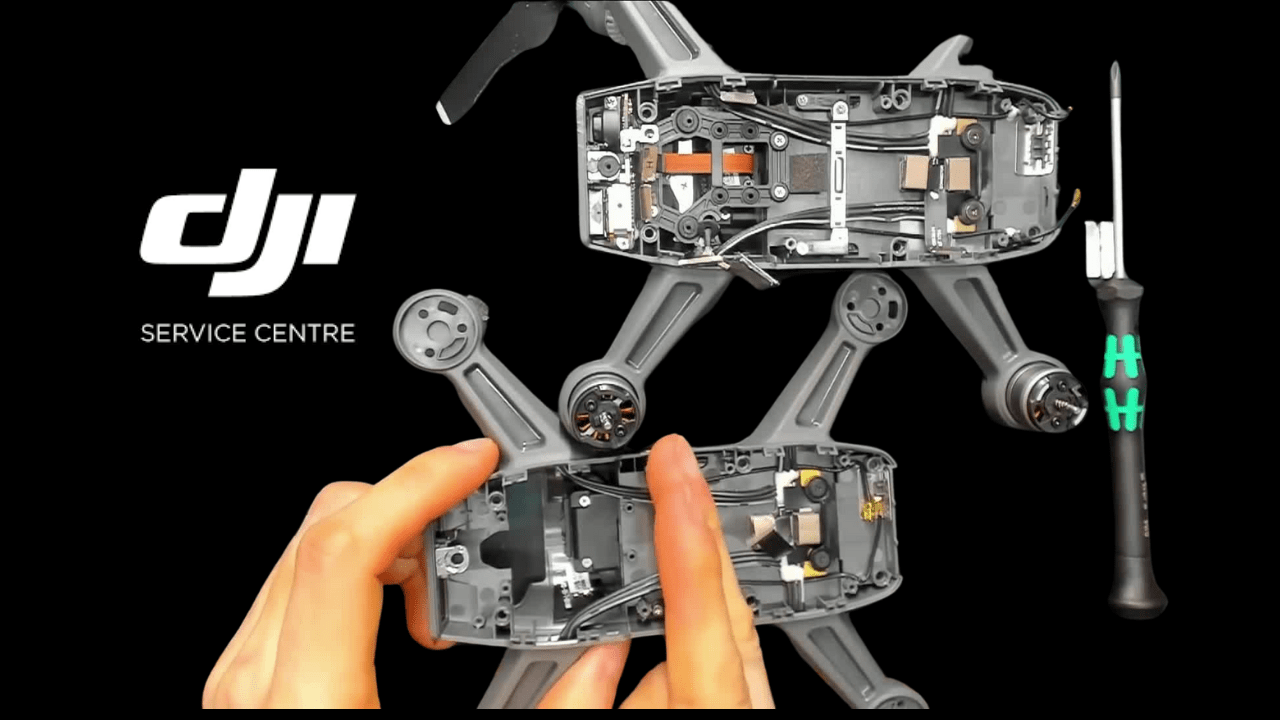
Image Credit | Norrisgraphy
If you’re a drone enthusiast or a professional aerial videographer, you’re likely familiar with DJI, one of the biggest names in drone technology. But in 2025, many users are asking the same important question: what is DJI service like today? Whether it’s a crash, hardware fault, or just general maintenance, the quality of DJI’s customer service is just as crucial as the performance of their drones.
This article explores real customer reviews and first-hand experiences with DJI service in 2025, one by a customer visiting the DJI service center for a gimbal repair, and another documenting the full DJI service center walkthrough. Here’s what you need to know if you’re considering relying on DJI for repairs, support, or warranty services.
Related Articles:
DJI Service Center: First Impressions
One of the first things customers notice in 2025 is how professional and modern DJI service centers have become. When visiting a service center, users are welcomed into clean, well-organized facilities that resemble high-end tech showrooms. There are waiting lounges, self-service kiosks for check-ins, and designated zones for diagnostics and consultation.
Instead of having to explain problems blindly, DJI technicians run live diagnostics in front of the customer, connecting the drone to their systems and identifying issues on the spot. This gives customers transparency from the very beginning of the service experience, no guesswork or vague assessments.
Repair Process and Timelines
One customer described taking in a DJI Mavic 3 drone with a damaged gimbal. The intake process was smooth, with service staff immediately inspecting the drone and providing an estimated quote and timeline, typically 3 to 5 business days for common issues. In cases where specific parts need to be ordered, it can take slightly longer, but overall, the turnaround time was regarded as very reasonable.
Repairs are done by certified DJI technicians using original parts, and before any device is returned, it undergoes comprehensive calibration and performance testing. This includes updating firmware, adjusting the gimbal, and running flight simulations. Customers even receive photos or video confirmation that their drone was tested and passed quality checks before pickup.
Communication and Transparency
Communication has always been a sore spot in the tech support world, but in 2025, DJI appears to have made significant strides. Customers report receiving real-time updates via email, WhatsApp, and through the DJI Fly app. These updates let users know when the device is received, diagnosed, under repair, completed, and ready for pickup.
One standout feature is the inclusion of detailed service reports. When a customer picks up their drone, they receive a full breakdown of the repair: what parts were replaced, how much labor was involved, and any recommendations for future maintenance. This level of detail builds trust and shows that DJI is taking its after-sales support seriously.
Courtesy Devices and Supportive Policies
Another highlight of DJI’s service in 2025 is the availability of courtesy units. If a repair is expected to take longer than usual, some customers are provided with temporary replacement drones (like a DJI Mini 3) so they can continue working or flying in the meantime. This is particularly valuable for professionals who rely on their drone equipment for commercial purposes.
Moreover, DJI service centers now feature self-service kiosks where users can check in their devices, print shipping labels, or check repair status without waiting in long lines. These additions improve the overall efficiency of the experience.
Service Costs: Is It Worth It?
Customers consistently describe DJI service as being priced fairly, especially considering the use of original manufacturer parts and certified technicians. For example, the gimbal replacement in one review was quoted at approximately $230. While this may seem steep, the customer emphasized that it included part replacement, full testing, calibration, and a warranty on the repair.
In-warranty repairs are handled free of charge, as long as the damage is clearly due to manufacturing defects. DJI also offers extended care plans that cover accidental damage, which many users found to be a good value given the high replacement cost of drones and gimbals.
Out-of-warranty repairs are not cheap, but customers generally found that the pricing was clearly communicated, itemized, and justified by the quality of service.
Accessibility and Global Reach
DJI’s customer service network in 2025 has become more accessible, even for customers outside major urban areas. In addition to flagship service centers, DJI has partnered with authorized repair outlets in multiple countries, and they offer mail-in options with prepaid shipping labels for customers who don’t live near a service location.
For example, users in regions like South Africa or parts of Africa can schedule courier pickup, receive diagnostics remotely, and ship their drone directly to regional hubs. DJI even coordinates customs paperwork for international shipments, making the process smoother for customers who might otherwise face logistical issues.
Where DJI Service Could Improve
While customer reviews are mostly positive, there are still areas for improvement. Some users reported that during peak seasons, especially after major product launches or around the holidays, repair times could stretch beyond the usual 3 to 5 business days, sometimes taking up to 10 days. This delay was usually due to high demand and limited parts availability.
Another concern is international shipping and customs costs. Customers outside the U.S., Europe, or China sometimes pay 10–15% more due to taxes, shipping fees, and import duties. DJI could improve this experience by expanding regional part warehouses and offering more local service partners.
Additionally, while the DJI Fly app does a good job of showing service status, some users find its interface cluttered or unintuitive. Better integration of estimated delivery times, clearer ticket histories, and streamlined notifications would go a long way in enhancing the customer experience.
Customer Testimonials
Real feedback from customers who visited DJI service centers in 2025 paints a clear picture of improved reliability and professionalism. Here are a few direct quotes from reviews:
- “I dropped off my drone and within four days, it was back, fully tested, recalibrated, and flying better than before.”
- “The self-check-in kiosks were quick and easy to use. I didn’t have to wait more than a minute.”
- “Getting WhatsApp updates with photos of my drone during the repair gave me confidence that it was being handled properly.”
These statements reflect a consistent level of satisfaction across different regions and drone models.
Final Verdict: Is DJI Service in 2025 Worth Trusting?
After reviewing customer feedback, walkthroughs, and real experiences, it’s clear that DJI has significantly improved its service offerings in 2025. From professional service centers and fast turnaround times to transparent pricing and effective communication, DJI provides a level of post-sale support that many drone users appreciate.
If you’re dealing with a malfunctioning drone or simply need routine maintenance, DJI’s service system appears well-equipped to handle both warranty and paid repairs efficiently. While there are still some logistical issues particularly for international customers, the overall experience is much better than it was just a few years ago.
In conclusion, DJI service in 2025 is reliable, transparent, and customer-focused. For drone users wondering whether they’ll be taken care of after a purchase, the answer seems to be yes, DJI has made meaningful strides in turning its service from a weak point into a competitive advantage.


